The what, when, why and how of Diastasis Recti

I get soooo many questions on IG about diastasis, so I figured I'd compile all the info here for you in one, easy to read blog post and answer all your questions at once.
There is so much misinformation out there surrounding diastasis, but one of the most common things I see that hinders diastasis recti healing is both a lack of understanding of the CAUSES of it, but also of the actual solutions. Because surgery is NOT the only option! And I can say that with great confidence because mine was once 5cm (at 2 years pp) and is now so completely healed that I couldn’t even demonstrate to you, or show you where it once was.
So let’s dive into the what, when, why and how of Diastasis Recti.
What is Diastasis Recti (DR)?
Diastasis Recti is a thinning of the linea alba, which is the connective tissue that creates tension between your six pack muscles and keeps them firmly together. When this connective tissue thins and stretches, it allows SPACE in between the two six pack muscles...
5 Reasons To Focus On Your Inner Thighs

I used to suffer from the WORST knee pain! I thought my legs were pretty strong. I regularly did glute work, squats, calf raises, side leg raises, running etc. But I had this one running injury in my knee that just... would... not... go away. Little did I realize at the time that it was actually my inner thighs that were the issue. They were SO tight that they were literally pulling on my knee joint. (And if you've been following along for a while, you already know that tightness usually also means weakness).
When was the last time you put a little focus on working your inner thighs?
Every muscle in our body needs to be both strong AND flexible in order to function well.
When we want a better looking, tighter behind, (and less knee pain) we often start focusing on exercises to work the glutes, but what about the all-important inner thighs? For many of us, the inner thigh muscles are both weak AND tight which can cause restricted hip mobility, poor leg alignment, extra wea...
Back To Running Postpartum

I get asked so often from postpartum women “When can I start running again?”
And my answer is honestly “it depends”.
The pelvic floor is not a huge fan of being bounced up and down vigorously. Which is usually a problem when there is instability in the pelvic area due to weaknesses or imbalances in any of the muscles surrounding the pelvis: pelvic floor, core, glutes, hamstrings etc.
Do you ever notice that your hips wobble around when you try to do a bridge position? Or does it feel like everything is bouncing around inside you when you try to run? These are both signs of pelvic instability, which can make running quite uncomfortable, and even painful.
So it’s helpful to work on both pelvic stability and pelvic floor strength before you dust off your beloved running shoes. If you were a runner pre-pregnancy then I'm sure you already know how great running is for maintaining our sanity. It can also be an incredible tool for helping to ease postpartum depression, anxiety...
Postpartum Protocol reviews and testimonials

Have you been wondering whether the Postpartum Protocol 12 week course is worth the investment? Wondering whether you'll find the time to complete it? Wondering whether you'll notice a difference in your body..?
You will see lots of testimonials in the Stories highlights on my instagram stories, but if you're not on Instagram, here are some snapshots:

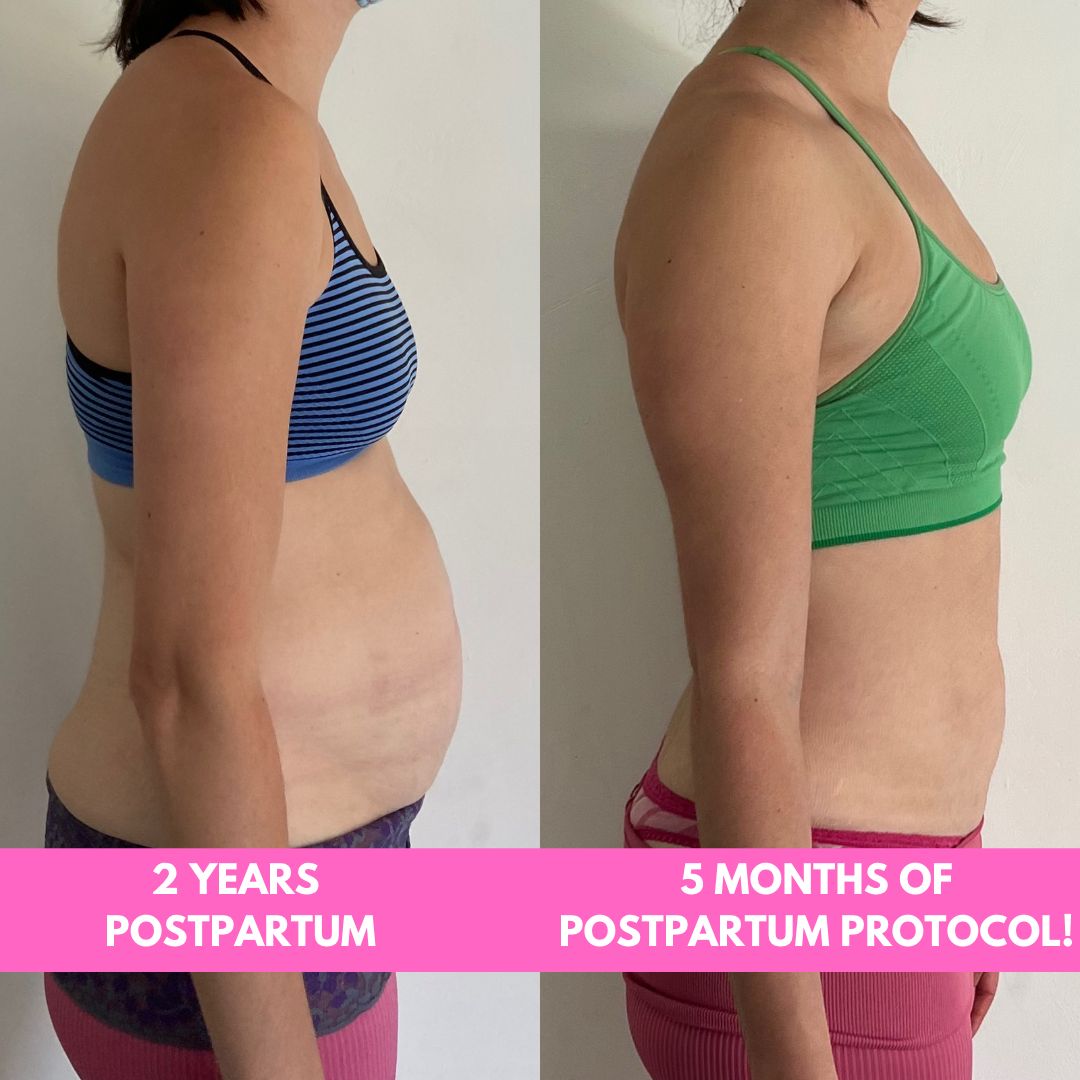


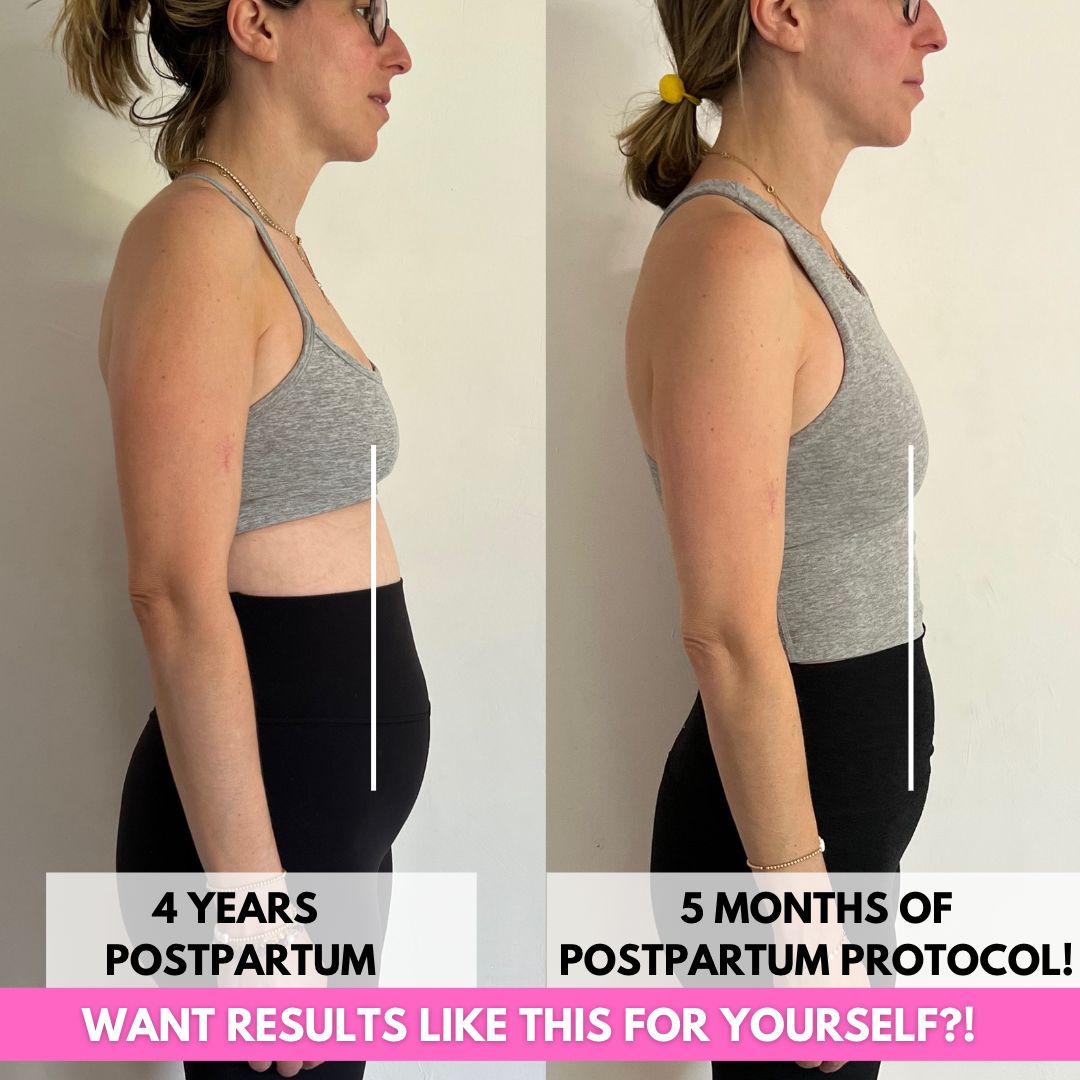

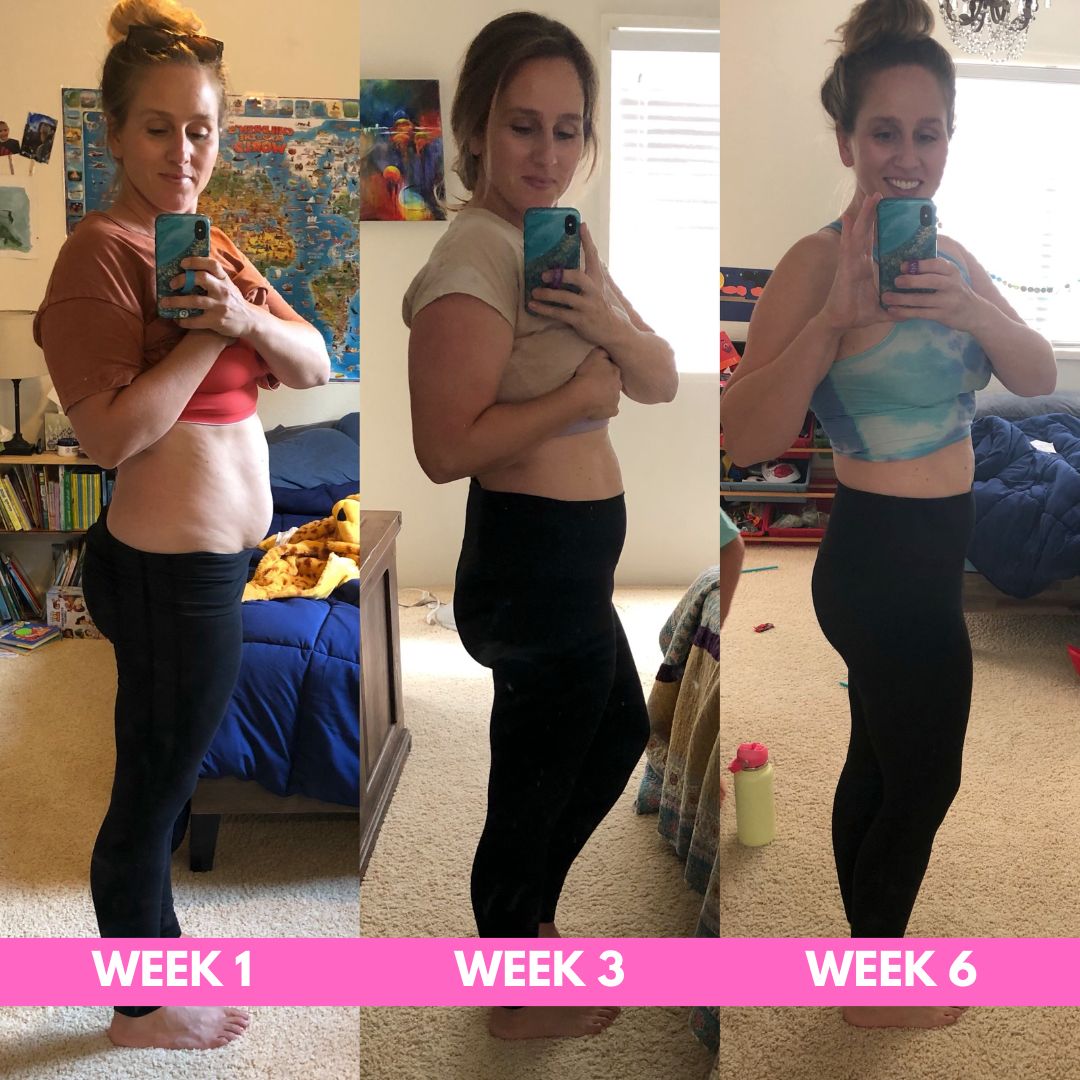


Want to experience these results for yourself..?
I would LOVE to have you join us! Click the link below to sign up
>> The Mama Method << (previously known as the Postpartum Protocol)
Emma xo
What can a SHOE teach us about our core?!
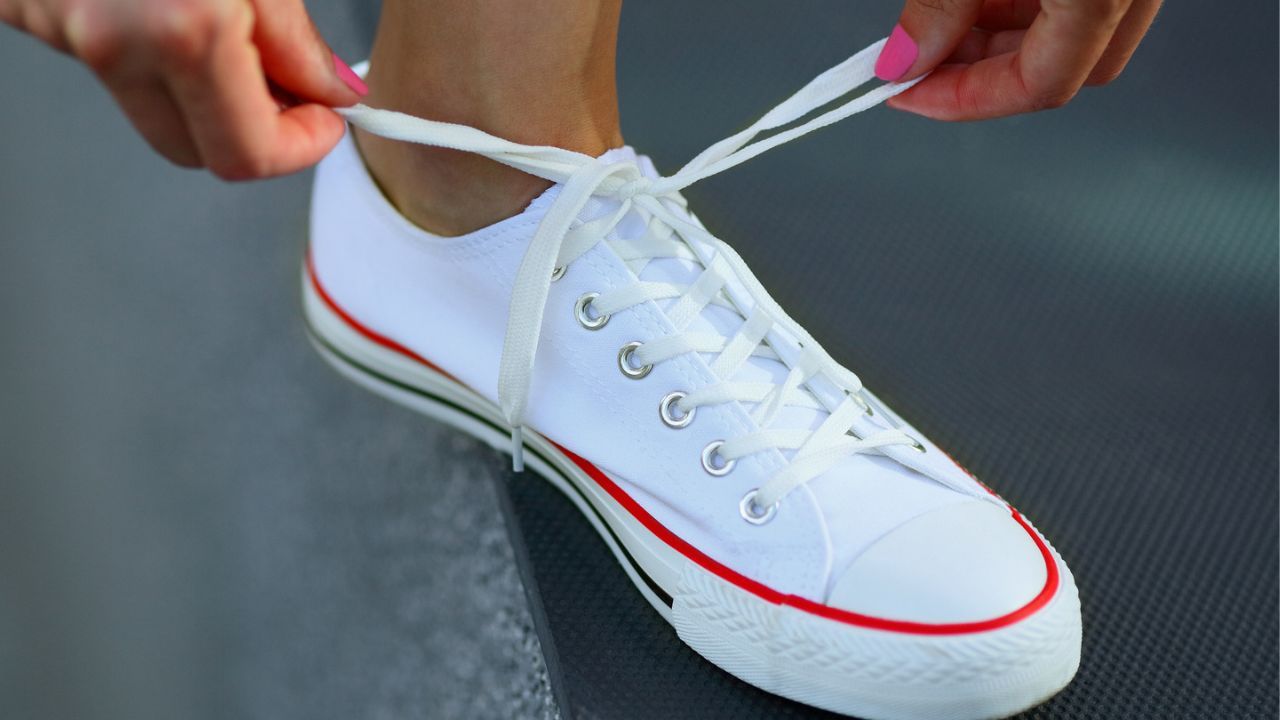
Do you know what a shoe and your core have in common?!
First, a quick anatomy lesson:
- When you do a crunch or a sit-up, you are using your rectus or 6-pack abs. They run vertically up and down the front of your stomach.
- When you do a low pressure ab exercise, you are using your transverse or corset or wraparound abs. They wrap all the way around your waist, even around the back!
Which one of the above do you think resembles pulling your shoelaces tight?
It’s okay. I’ll wait while you ponder on it…

That’s right. It’s number 2. When you tie your shoelaces tight, it makes your shoe tighter. It makes it really nice and snug around your foot. Vs, pulling the tongue of your shoe (your 6 pack abs), which does nothing to make the shoe fit any tighter.
When you train your transverse abs with low pressure core exercises, you are essentially tying your shoelaces tight around your midsection. Making your tummy smaller and smaller, and tighter and tighter. No amount o...
Why sit ups might be damaging your core

Have you ever noticed when you do sit-ups that your stomach turns into a funny shape? That’s because your core is like a pressure canister and instead of the pressure being managed correctly, everything is squishing out in all the wrong places: putting forward pressure on your abs (which will make a diastasis worse), and putting downward pressure on your pelvic floor (making prolapse and leaking worse), and not to mention making your back pain worse.
When I say sit ups, I’m referring to any core exercise where you lift your head and chest off the floor. So sit ups, crunches, the Pilates 100s, series of 5 etc.
If you ever notice weird shapes happening in your stomach like doming (looks like a stomach mohawk), or coning (looks like your abs are sinking), you should immediately back off. If this is happening, you won’t get a stronger core by “just doing more”. You won’t. I can promise you.
What needs to happen first, is that you need to teach your body how to manage this pres...
A tight pelvic floor is a weak pelvic floor!

Have you noticed that we are often told to "squeeze" and "tighten" our pelvic floor muscles in order to improve pelvic floor strength?
🚨Newsflash: A “TIGHT” pelvic floor isn't the same as a “STRONG” one!
Tightness and weakness actually go hand in hand. I always say that they are best buds. So if you haven't had any luck with your usual pelvic floor exercises, then it may be time to reassess a few things.
So what's the difference between “tightness” and “strength”?
For decades, women have been told to "just do Kegels" as a way to "tighten" our pelvic floor. But it's actually not tightness we are looking for. It's STRENGTH. Two VERY different things.
The way Kegels are taught typically encourages pelvic floor "squeezing". Which creates tightness. But when a muscle is too tight, it can't work correctly.
Just like any other muscle in the body, the pelvic floor muscles must be able to lengthen and relax, as well as contract. Isolated tension and tightness are not use...
How to stop peeing when you sneeze (or run, or jump, or laugh)
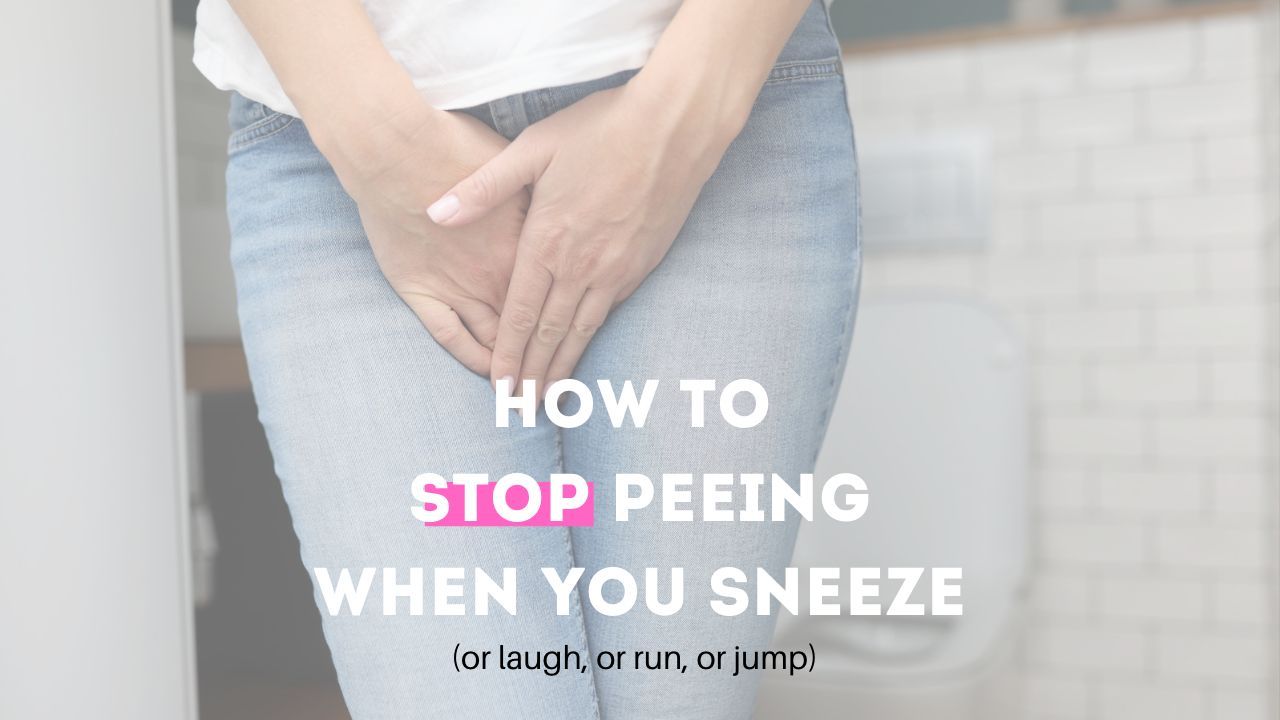
You might be surprised to know that leaking is a surprisingly easy fix.
So quite why we have all been led to believe that’s it’s something that we must now “tolerate” because “we are mums now” is an absolute mystery to me 🤷🏼♀️
There’s a name for it. It’s called Stress Incontinence, and it occurs when you cough, laugh, run, jump, sneeze, etc., and you pee your pants a little as a result. This often happens when too much pressure is exerted on the bladder, forcing urine out. In most cases, this is a result of weakened pelvic floor muscles, usually due to childbirth, age, and/or menopause.
Urge Incontinence occurs when there is a strong urge to urinate despite the fact that your bladder may not be full. This urge is often strong enough that you can’t make it to the bathroom in time. This is usually related to having a pelvic floor that is too tight (often from doing too many “Kegels”). This is a whole separate conversation. But I will just say that tightness does not equal ...
6 Things I Wish Women Were Taught About Their Bodies

I wish I'd been more informed prior to embarking on the journey to motherhood. It’s now my passion to make sure others have all the info they need. Here are some of my latest musings…
1. “Postpartum” doesn’t end after 6 weeks.
The idea that the “postpartum phase” is technically only the first 6 weeks after birth is misguiding, and sets women up for feelings of inadequacy. It’s an unrealistic standard placed on mothers by society. In reality, it very often takes 1-2 years (sometimes more) to recover from 10 months of pregnancy + childbirth
2. There’s no such thing as “bouncing back”.
Let’s stop using the phrase “bounce back” and let’s stop expecting that of our bodies. Instead let’s focus on bouncing FORWARD, embracing and celebrating all that we’ve become, and working to become the strongest, most capable versions of our NEW selves.
3. Peeing your pants when you run, jump or sneeze is extremely common, but it’s NOT normal.
Women have been led to believe that this is some...
5 Daily Movements to Avoid With Diastasis

(and what to do instead...)
Don’t let these common movements hold you back from healing your diastasis. These movements will actually make it worse. So if you’ve been working hard to fix it, make sure your efforts aren’t in vain by making sure you make these small lifestyle adjustments as well.
Here are 5 daily movements to avoid and what to do instead:
1. Sneezing without engaging your core

Sneezing, coughing and blowing your nose exerts forceful pressure on your abdominal muscles, causing them to bulge forward, putting stress on the already compromised connective tissue. This connective tissue (the linea alba) is what holds your abdominal muscles together, and is one of the slowest tissues in the body to repair. If we are working to repair, but also regularly putting pressure on it, we are taking one step forward, two steps back.
2. Sitting straight up from laying down

Have you ever sat up in bed, or gone to get up from your matwork and noticed your abs domin...

